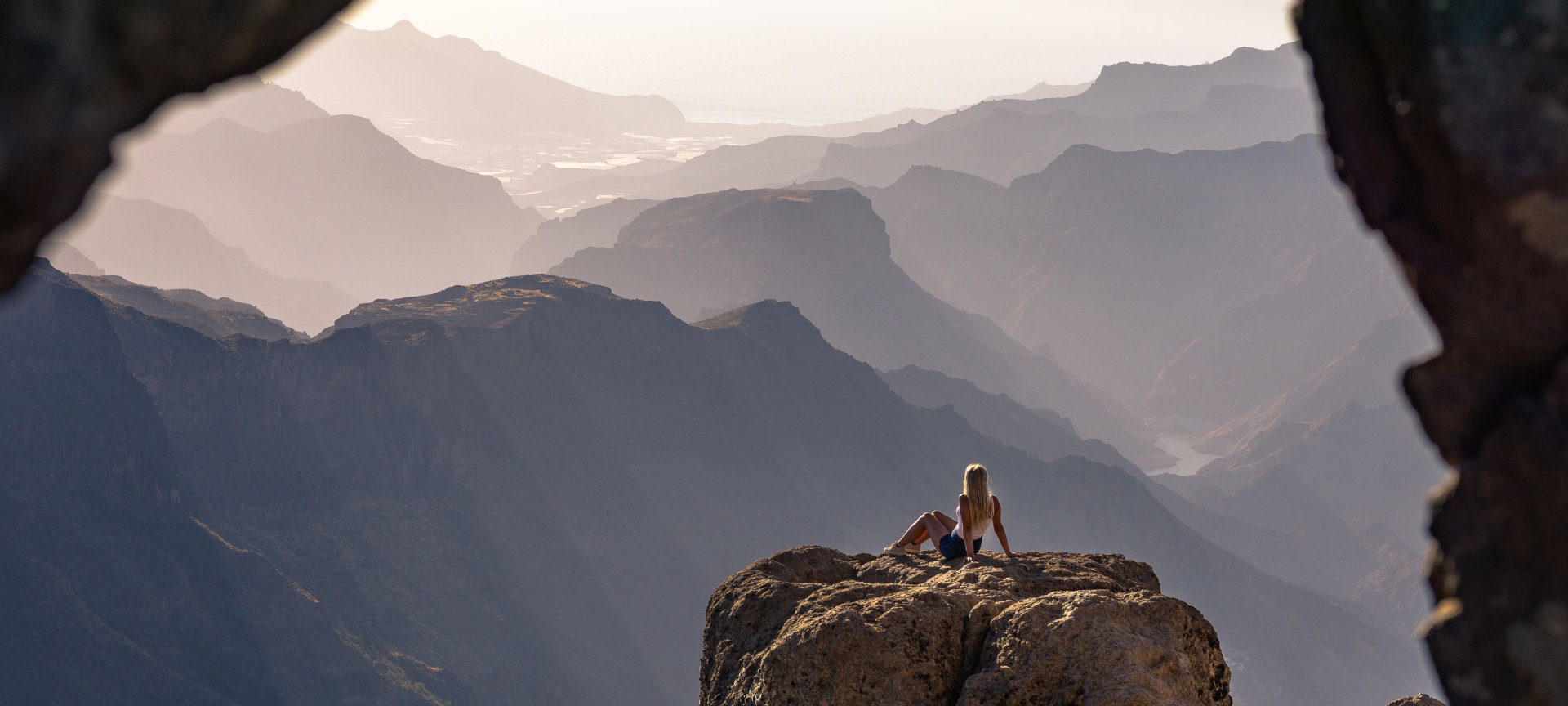
10 places full of mystery and stones that seem magical
There are places in Spain where stones take on an almost magical role. The list includes ancient funerary monuments, natural spaces with strange formations, and natural phenomena that are difficult to explain at first sight.
Debe activar Javascript para poder utilizar este servicio
-
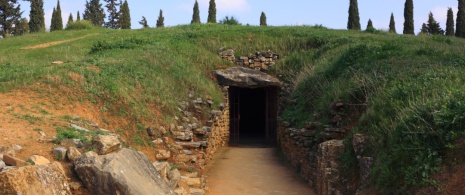
Dolmens of Antequera (Málaga, Andalusia)
The Torcal de Antequera Nature Park is one of the best preserved karst landscapes in Europe. It has numerous hiking routes with the unique feature of the dolmens of Antequera, ancient funerary monuments. The megalithic complex is a UNESCO World Heritage Site. At nightfall, it becomes a fantastic place for stargazing.
-
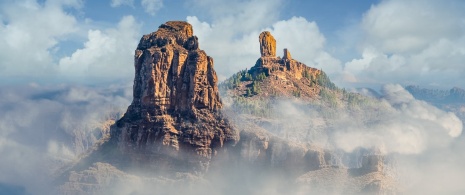
Roque Nublo (Gran Canaria, Canary Islands)
This rock formation, a monolith almost 90 metres high, crowns the island of Gran Canaria and allows you to enjoy the natural “blanket of cloud” phenomenon in all its splendour. It is easy to see how the clouds spread out at your feet from Roque Nublo like an infinite sea. The island of Tenerife can often be seen in the distance, with Mount Teide greeting you from the summit of the neighbouring island.
-
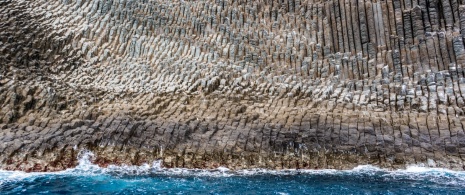
Los Órganos (La Gomera, Canary Islands)
There is a cliff that seems to have been sculpted by man on the north coast of La Gomera. However, nature has created this marvel resembling a giant cathedral organ. It can only be seen from the sea, for example with boat trips from Valle Gran Rey and Playa de Santiago.
-
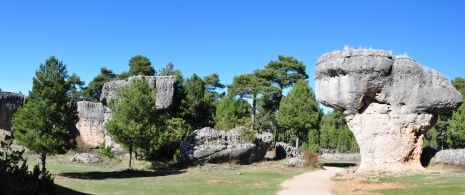
Ciudad Encantada (Cuenca, Castilla-La Mancha)
Bears, a turtle, a seal, two lovers, a slide... These are some of the formations for which this stone “city” is called “enchanted”, where nature has modelled the rocks into curious shapes through the action of water, wind and ice.
-
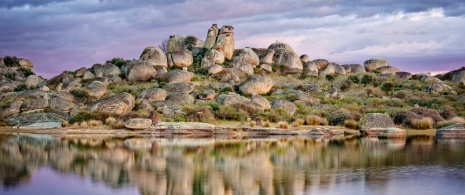
Los Barruecos (Cáceres, Extremadura)
This unique space is located in Malpartida. A succession of ponds in a wide plain, from which small islands jut out with stones in shapes reminiscent of animals and objects. The area is fantastic for bird watching, for example white storks and herons. There are several routes that take between 30 minutes and three hours.
-
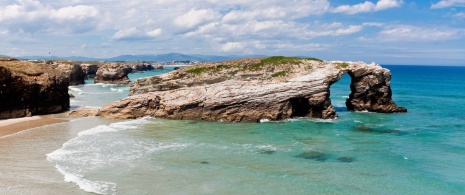
Playa de las Catedrales (Lugo, Galicia)
Here the magic of nature is seen at low tide. This moment reveals islets, caves, and numerous arches under which you can walk, giving this beautiful beach the name of As Catedrais (The Cathedrals in Galician). At high tide you can see the beach from the top of the cliff, making sure to keep a safe distance.
-
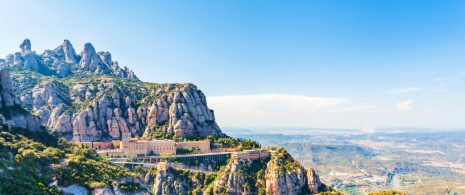
Montserrat (Barcelona, Catalonia)
Montserrat Natural Park is unique for several reasons: it is home to the Monastery of Montserrat, where the patron saint of the region, the Virgin of Montserrat (or the Moreneta), is venerated, and the massif of rounded shapes and grey stone massifs where it is located creates a spectacular landscape. You can reach the top by cable car and enjoy fantastic views.
-

The Bolnuevo Erosions (Mazarrón, Region of Murcia)
This seafront landscape looks like something from another planet and is the result of wind and water eroding a terrain consisting of materials with very different levels of resistance. Sunbathing in front of faults, ledges, and honeycomb erosions takes you to another world.
-
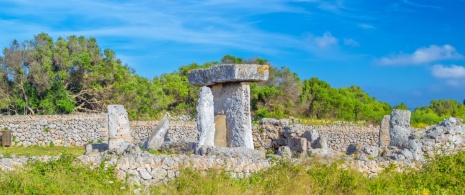
The Talaiots of Menorca (Balearic Islands)
There are more than 1,600 megalithic constructions scattered around the island that recall the funerary rites of the Talaiotic culture in Menorca. Most of them date back to the 9th century BCE and are located in quiet, peaceful areas in the interior of the island. You can visit the Naveta des Tudons (Ciutadella) or the Trepucó settlement (Maó), among the best preserved.
-
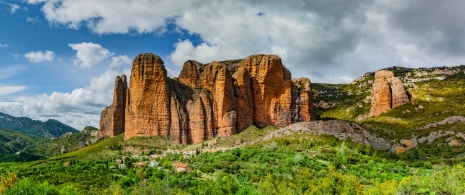
The Mallos de Riglos (Huesca, Aragon)
These are huge natural vertical walls up to 300 metres high. The panoramic view is spectacular, especially from the Mirador de los Buitres viewpoint or from the village of Murillo de Gállego at sunset. At that moment, the stone becomes redder with the reflection of the light and the view with the village at its feet is highly photogenic. The area is also home to many protected birds of prey and vultures that can easily be seen soaring overhead.
Travel plans for inspiring you















